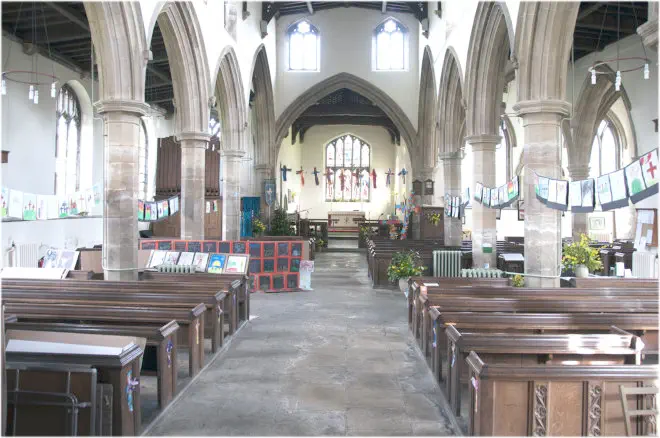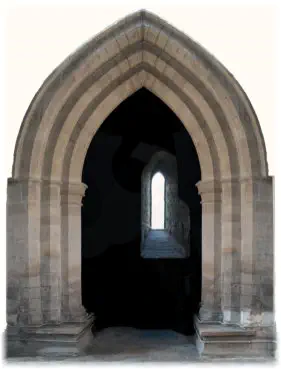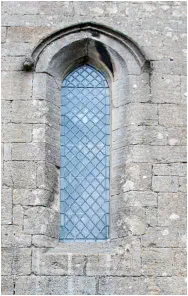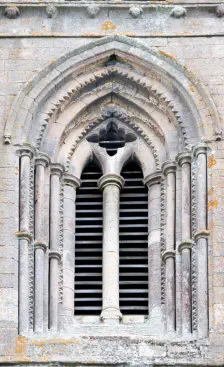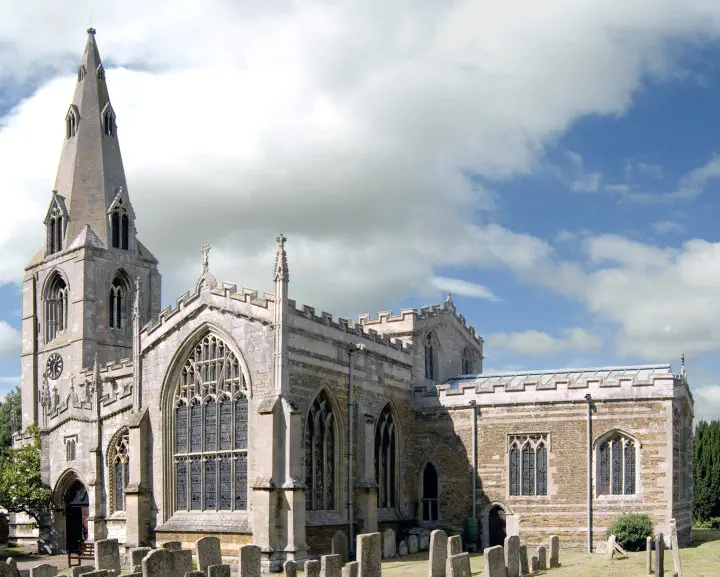

Langham Village History Group ~ © 1996 - 2025




The church is one of the largest and most beautifully proportioned churches in the County of Rutland.
The plan consists of spacious nave, north and south aisles, south transept, transept aisle, chancel, south porch
(originally with chamber over), and tower with spire at the west end. The north transept which had been used as
a schoolroom was demolished for safety reasons in 1802.
The oldest portion of the church is the tower arch, the capitals and half columns
being of transitional Norman style with Nail Head ornament. The moulded base being
of the later Early English style.
The chancel has, single light lancet-headed windows, one each on the north and
south sides, that on the south-west corner has had subsequent alteration.
The tower is Early English or 13th century, and is of three stages, the first pierced
with a lancet, the second blank, and the third containing a two light window in each
face, deeply recessed, richly moulded, with engaged shafts once banded, exhibiting
trails of dog tooth, and very bold tracery.
The buttresses are set square at the angles, the staircase does not detract from the symmetrical arrangement of
the belfry windows.
The spire is in excellent proportion to the tower and has on each cardinal face three tiers of windows of two
lights each showing the dog-tooth enrichment all under triangular-shaped crocketted heads. The lower windows
have had new tracery inserted, of the curvilinear character associated with the second half of the 14th century or
Decorated period.
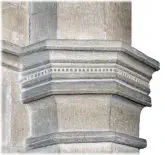
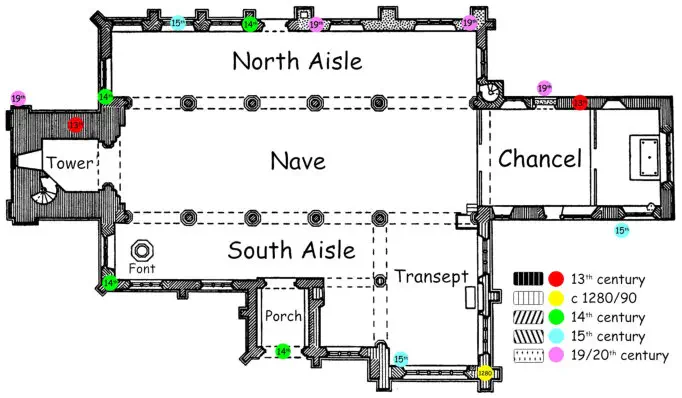
The Parish Church of St Peter & St Paul












Langham Village History Group ~ © 1996 - 2025




The church is one of the largest and most beautifully proportioned churches in the County of Rutland.
The plan consists of spacious nave, north and south aisles, south transept, transept aisle, chancel, south porch
(originally with chamber over), and tower with spire at the west end. The north transept which had been used as
a schoolroom was demolished for safety reasons in 1802.
The oldest portion of the church is the tower arch, the capitals and half columns
being of transitional Norman style with Nail Head ornament. The moulded base being
of the later Early English style.
The chancel has, single light lancet-headed windows, one each on the north and
south sides, that on the south-west corner has had subsequent alteration.
The tower is Early English or 13th century, and is of three stages, the first pierced
with a lancet, the second blank, and the third containing a two light window in each
face, deeply recessed, richly moulded, with engaged shafts once banded, exhibiting
trails of dog tooth, and very bold tracery.
The buttresses are set square at the angles, the staircase does not detract from the symmetrical arrangement of
the belfry windows.
The spire is in excellent proportion to the tower and has on each cardinal face three tiers of windows of two
lights each showing the dog-tooth enrichment all under triangular-shaped crocketted heads. The lower windows
have had new tracery inserted, of the curvilinear character associated with the second half of the 14th century or
Decorated period.











